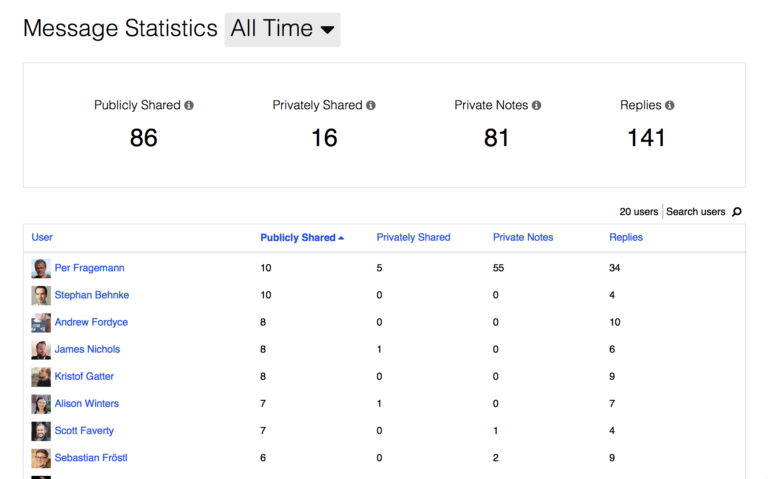That’s what happens in companies when teams set goals in isolation. Without alignment, even great work can fail to move the organization forward.
That’s where Cascading Objectives come in.
This article unpacks the power of Cascading Objectives—why they matter, what happens without them, and how they turn scattered efforts into shared success.
What are Cascading Objectives?
Cascading Objectives are the practice of aligning individual and group goals with the company’s overarching vision. When done well, they help everyone—from interns to executives—see how their work supports the bigger picture.
Rather than one-off goals floating in silos, Cascading Objectives are like a waterfall: company goals flow down into team goals, which then inform individual objectives. Everyone’s rowing in the same direction.
Why Cascading Objectives Matter
🔍 Alignment across the company
When objectives cascade, everyone knows what matters. No one is guessing where to focus. Marketing’s campaign ladder up to company growth. Product’s roadmap supports the customer promise. HR’s programs reinforce culture goals.
The result? Departments stop competing for airtime and start working in harmony. It’s the difference between isolated solos and a well-rehearsed symphony.
“The goal is to ensure everyone is going in the same direction, with clear priorities, in a constant rhythm.”
— Felipe Castro, expert in Lean Performance
🧭 Clarity fuels motivation
Employees want to know their work matters. But when objectives feel arbitrary or disconnected from business goals, motivation dips.
Cascading Objectives give people a sense of purpose. They can draw a straight line from their daily tasks to the company’s mission. That’s powerful.
Example: Instead of “Improve onboarding experience,” a People Ops goal becomes:
“Improve onboarding experience to support 90-day ramp-up success—contributing to our goal of reducing early attrition by 20%.”
👯 Shared wins, not scattered efforts
When teams set objectives in isolation, they risk duplicating efforts—or worse, working at cross-purposes.
Cascading Objectives break down silos by making goals transparent. Teams can identify overlaps, coordinate on cross-functional work, and celebrate shared milestones. The end result? Less confusion, more collaboration.
“When managers cascade goals, it helps employees see specifically how their performance and commitment contribute to the organization’s success.”
— Forbes (2024)
📊 Performance reviews get easier—and fairer
When objectives are set in context, performance reviews become more than a gut-check. Managers can assess progress based on clear, measurable outcomes that tie back to company priorities.
Instead of “Did this person work hard?”, the conversation shifts to “Did this person move the needle on what matters most?”
That kind of clarity benefits everyone—especially in remote or hybrid teams where visibility is a challenge.
What happens without Cascading Objectives?
Without Cascading Objectives, goals become disconnected. Teams feel unsure where to focus. Performance reviews get subjective. And motivation wanes when employees feel like their work exists in a vacuum.
Example of a broken goal system:
Maria, a customer success manager, sets a goal to increase customer touchpoints by 15%. Meanwhile, the company’s focus is on reducing churn among high-value accounts. Because Maria wasn’t looped into that strategic shift, her extra outreach isn’t moving the right metrics. She feels frustrated. Leadership wonders why the strategy isn’t landing. Nobody wins.
How to implement Cascading Objectives (without chaos)
1. Start with a clear company vision
Before goals can cascade, they need a starting point. Leadership must define clear, inspiring company objectives that are measurable and time-bound.
2. Translate company goals into team priorities
Managers work with their teams to break down big goals into focused, achievable objectives. The key: these goals should support the company vision, not sit beside it.
3. Empower individuals to align their work
Once teams know their direction, individual contributors set personal goals that contribute to team success. It’s not about top-down control—it’s about mutual clarity.
4. Use the right tools for transparency
Goals shouldn’t live in spreadsheets that only a few people can access. Use goal-setting platforms (like Small Improvements 😉) that make alignment visible and easy to track over time.
Real-world example: Turning strategy into shared momentum
Company: A fast-growing SaaS company facing growing pains. While new customer acquisition was rising, so was churn—and internal misalignment was to blame.
Challenge: Teams were operating in silos:
- Marketing was launching brand campaigns aimed at the wrong audience.
- Sales was closing deals outside the company’s ideal customer profile.
- Customer Success was struggling with inconsistent onboarding.
- Product was drowning in scattered feature requests.
Solution: Leadership introduced quarterly Cascading Objectives in Small Improvements, starting with 3-4 company-wide goals each year. Quarterly, teams discussed how their work aligned, and individuals set goals with manager input.
Result:
- Departmental silos broke down.
- Performance conversations became objective, not personal.
- Employees felt more connected to the company’s mission.
- Productivity and engagement scores both rose.
For more examples of how to design Cascading Objectives, check out our Template Guide.
Final thoughts: You can’t align what you don’t make visible
Cascading Objectives aren’t about creating more work. They’re about making the work you already do count. When goals align, the whole company succeeds.
If you’re ready to turn individual effort into team achievement, Cascading Objectives are your starting point.
Ready to align your team around shared goals?
Small Improvements helps you create clarity at every level—with simple, yet powerful support for objectives, feedback, and reviews.
👉 Book a free demo today



